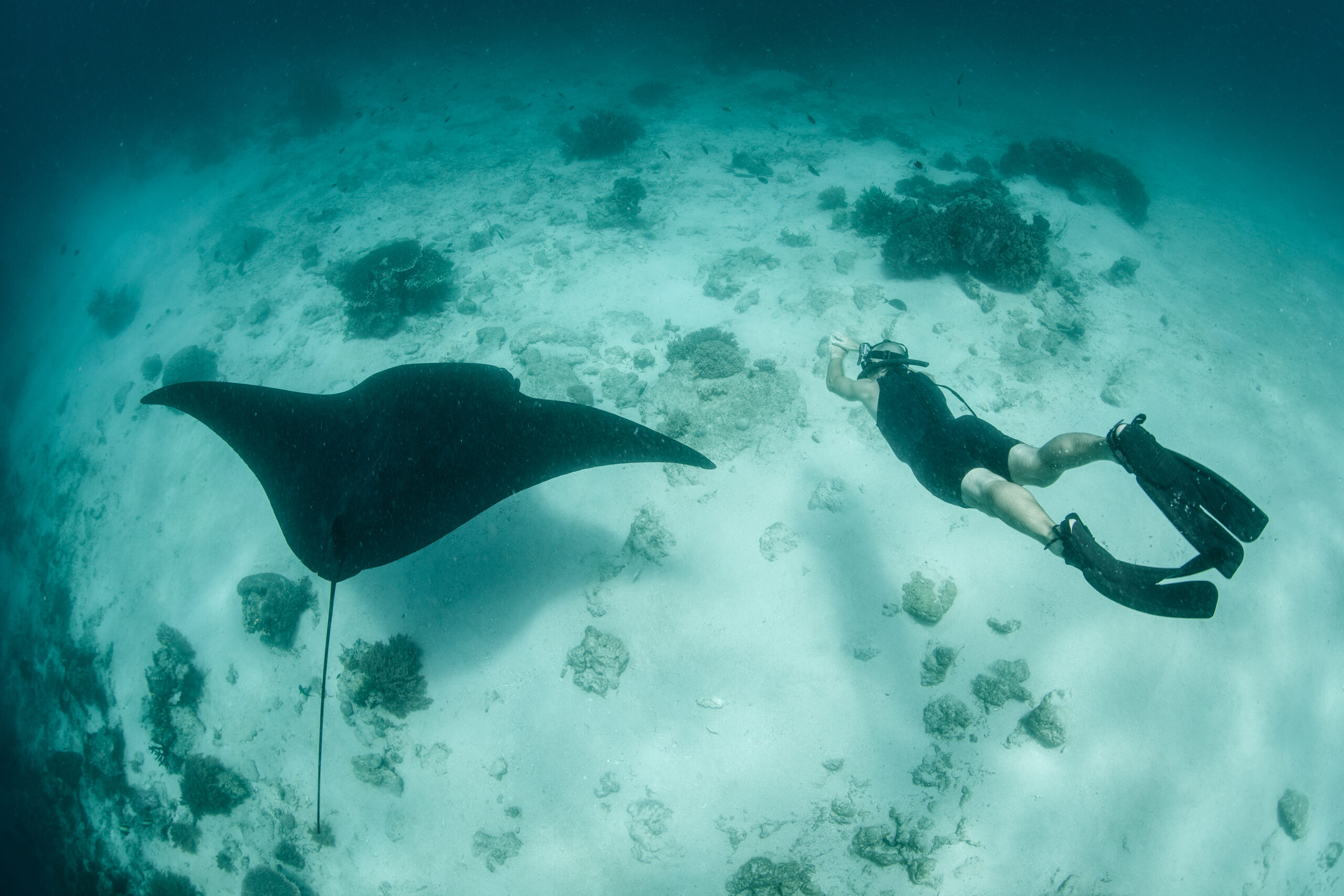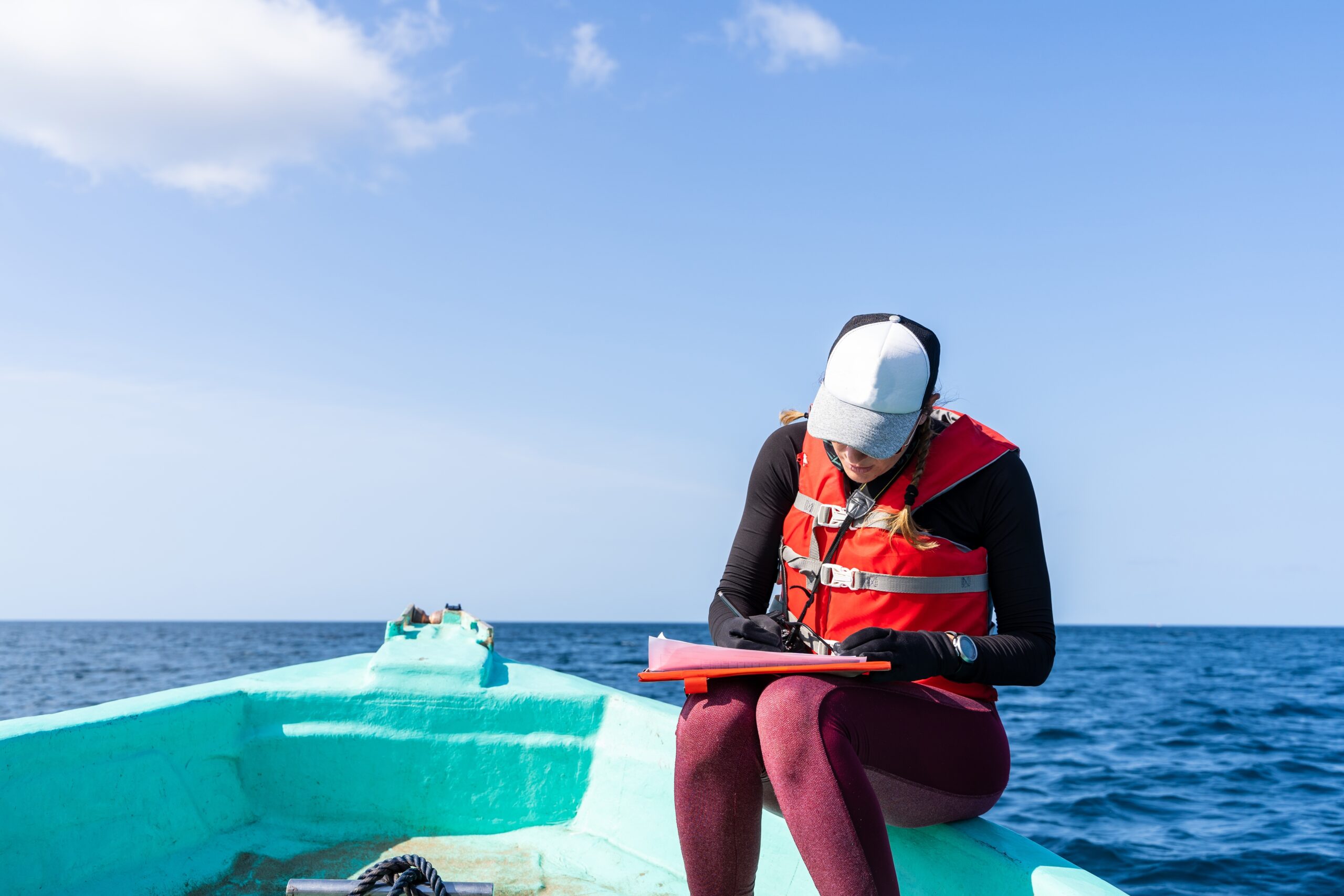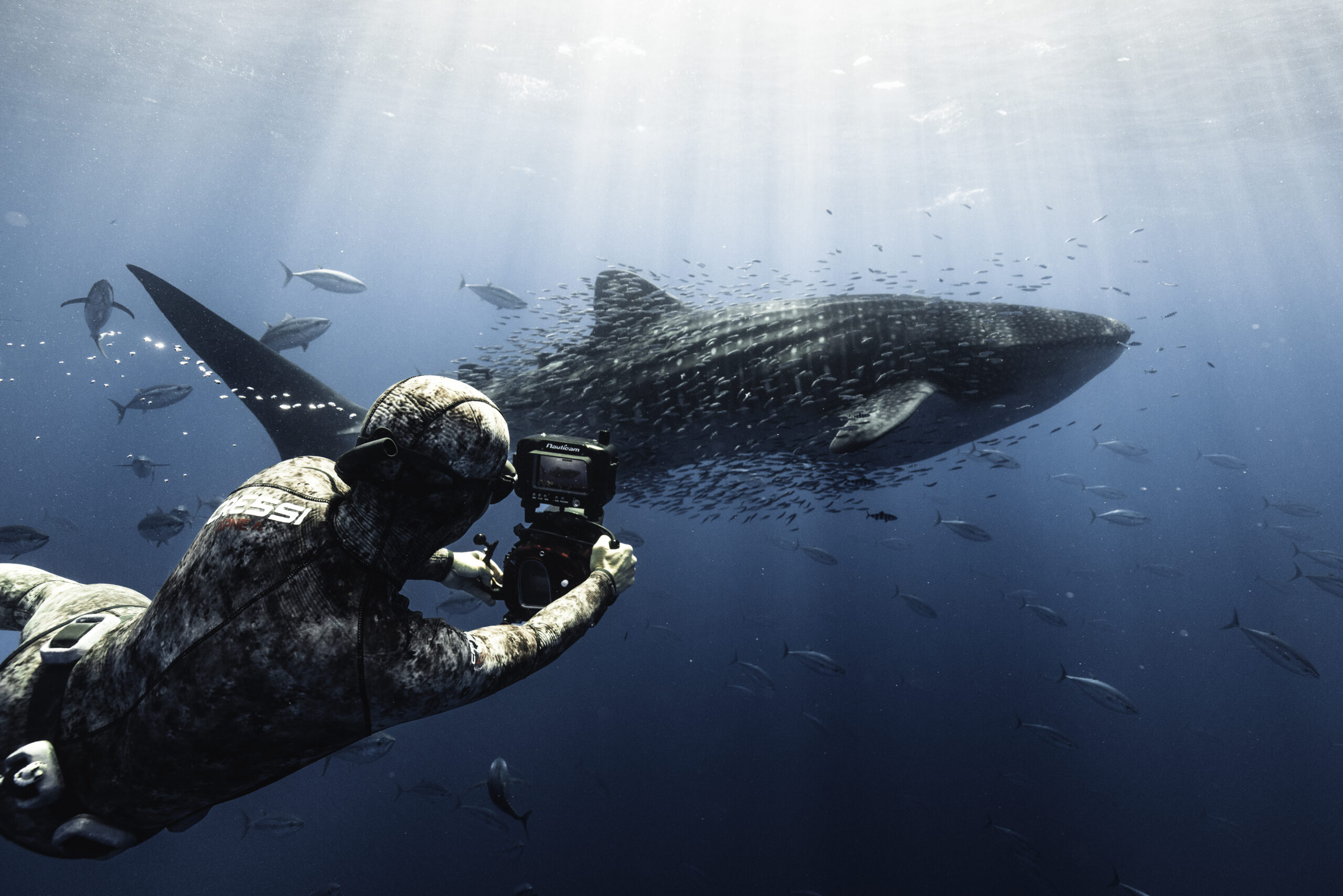SOSF’s new regional Conservation Fellows – supporting the people that deliver conservation
It’s no big secret that conservation depends on people and their choices. Conservation happens, or doesn’t, depending on an individual’s day-to-day choices and behaviours when they interact with the natural world (e.g. Merz, Barnard et al. 2023). For sharks and rays, these choices revolve around the decisions a fisher makes when they come face-to-face with a shark or ray on the water, or what consumers do when they see a shark or ray in the local market, or even how a government official makes decisions about what management priorities to focus limited resources on. These choices and behaviours may in turn, be affected by the information these different people have about the animals, their values and perceptions, and their previous experience of shark and ray conservation and management.
Shark and ray conservation involves a complex mix of stakeholders and choices (Booth, Squires et al. 2019) and in many cases, it is the tireless efforts of dedicated conservation researchers and practitioners who help shape the choices and behaviours of these actors. Over the past twenty years, The Save Our Seas Foundation has supported hundreds of research and conservation projects that all play a part in shaping these choices and behaviours. Project funding is typically directed towards costs such as equipment, travel to field sites, sample analysis and so on. However, there has historically been little leeway to directly fund the people doing the hard work. This is an issue.

Manta and diver. Photo © Ethan Daniels | Shutterstock
It’s also no big secret that conservation is not a very well-paid and lucrative career choice compared to other professions. For most it is a passion and values driven enterprise where many people sacrifice financial stability and potential income to do something they believe in. While we celebrate conservation passion and the toughness and resilience of those in the field, in the long-term this situation can become extremely frustrating and demoralising. Emerging research is shining a light on the mental and emotional burden and stress faced by conservation researchers and practitioners (Boon 2023; Osiecka, Quer et al. 2021; Ramos, Mustafa et al. 2017). Financial stress is one of the main contributing factors. I recall the frustration of a conservation scientist in Indonesia who tweeted ‘Funder be like “Here’s 5K to do conservation, but no, you can’t get paid.”’ I remember a talented marine conservation scientist from Micronesia (in the Pacific) who quit because there was no income security for his work. I remember another talented conservation researcher from the Philippines a few months ago telling me of the struggles they face with family pressure to quit conservation and pursue a ‘worthwhile’ career. In many places, conservation is seen as ‘lowly’ work far beneath aspirational professions such as medicine, law, engineering, and finance. So not only do many of our conservation practitioners face financial insecurity, they may also be undervalued and marginalised by the communities they work in. The absurdity here is that while we need committed, and talented people on the ground to deliver conservation projects, these same people often struggle to secure the support they need to thrive in the profession.

A marine conservationist writing on a bat. Photo © Riderfoot | Shutterstock
In 2023, the Save Our Seas Foundation did something new to begin redressing this imbalance. The Foundation introduced new conservation fellowships to directly support the living costs of conservation workers. There were three Fellowships on offer of up to USD $8,000 per year for two years, with one Fellowship each for the African, Latin American, and Asia-Pacific regions. To be eligible, applicants have to have successfully delivered a previous SOSF Small Grant or Keystone Grant project, be currently active in conservation work, and be from and currently working in a developing country[1.a]. The process was designed to be simple and accessible. Applicants submitted a two-page pitch presenting the case for why they needed the Fellowship and what conservation impact it could generate. They also provided their CV and two letters of recommendation from their peers. This process was designed to allow applicants to be creative with their pitches and to write from their hearts instead of forcing them to answer predefined questions. A selection of applicants from each region was then interviewed over Zoom at a time that was reasonable for the applicant to enable them to give their best interviews. We also gave the applicants the interview questions beforehand to help them prepare. We chose this approach because we wanted to make sure that we learned about the applicants’ personalities, approach and vision instead of finding out who gave the best ‘performance’ in responding to unexpected interview questions[1.b] – a process that could have disadvantaged introverted applicants and those less proficient in English.
Unsurprisingly, we received a lot of very high quality and competitive applications. After a lot of discussion and debate, three applicants emerged who represent a wide range of experiences and projects. We are extremely proud to congratulate the first cohort of Save Our Seas Conservation Fellows: Issah Seidhu from Ghana; Patricia Charvet from Brazil, and Faqih Akbar Alghozali from Indonesia.

Diver on fieldwork with a whale shark. Photo © Sebastian Staines
Issah has been a driving force for shark and ray conservation in Ghana and will be using his conservation fellowship to provide the time and space over the next two years to support and build capacity amongst local shark and ray researchers and students, building the next generation of conservation researchers and practitioners in West Africa. Patricia will also be using this opportunity to help support and build capacity of conservation researchers and practitioners in South America with a specific focus on effective engagement with multilateral environmental agreements such as CITES and CMS. Meanwhile, Faqih will be using the time and opportunity provided by his fellowship to build up his team of local researchers in Indonesia where they are working on species ranging from walking sharks to giant shovelnose rays. While we were only able to fund three Fellowships in this round, all the applicants presented compelling reasons to receive these fellowships, highlighting the critical need for this kind of funding opportunity to retain researchers in conservation work. Given the challenges we face in shark and ray conservation, developing and retaining the talent we have within our profession should be a global priority.
It was incredibly inspiring to hear how many people are working hard to secure a future for sharks and rays, and to protect the natural habitats and communities around them. I am very proud to have been part of this Save Our Seas Foundation initiative, and I am excited to hear about the progress driven forward by this first cohort of Conservation Fellows. This new initiative is a small step in the right direction, but I hope it helps bring more recognition to the challenges faced by dedicated conservationists across the globe. I would like to think in the minds of funders and philanthropists, the narrative can shift from conservation as being a relatively low-paid, passion-driven vocation to a respected, well-supported and financially viable profession where conservation workers not only survive but thrive. I hope that this new initiative is part of a wider movement to better fund and support the makers, movers, and shapers of shark and ray conservation around the world.
[1.a] As defined by the OECD
